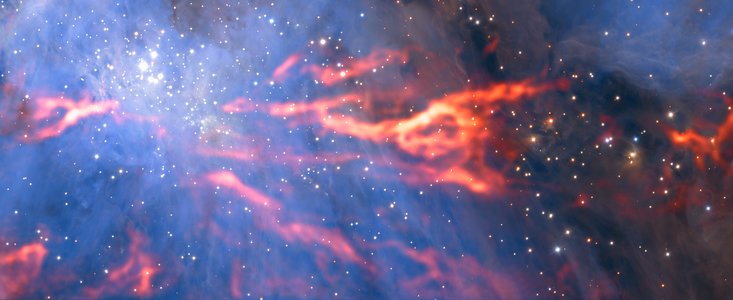
This composite image of E0102 allows astronomers to learn new details about this object discovered more than three decades ago. X-rays from Chandra are blue and purple, and visible light data from VLT’s Multi Unit Spectroscopic Explorer (MUSE) instrument are bright red. Additional data from the Hubble Space Telescope are dark red and green. Credit: X-ray (NASA/CXC/ESO/F.Vogt et al); Optical (ESO/VLT/MUSE & NASA/STScI)
Astronomers have discovered a special kind of neutron star for the first time outside of the Milky Way galaxy, using data from NASA’s Chandra X-ray Observatory and the European Southern Observatory’s Very Large Telescope (VLT) in Chile. Neutron stars are the ultra dense cores of massive stars that collapse and undergo a supernova explosion...
Read More








Recent Comments